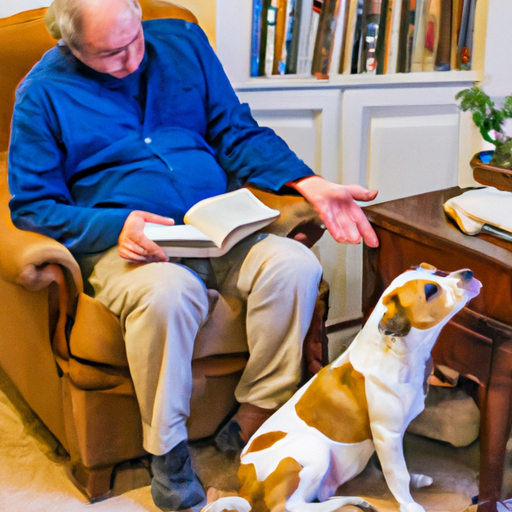Separation anxiety in dogs is a challenging issue that many pet owners face. As a caregiver, it can be heartbreaking to witness your furry friend experiencing distress when you’re not around. This guide will give you the tools to tackle this problem in the most effective way possible.
Understanding Canine Separation Anxiety
Firstly, it’s crucial to understand exactly what separation anxiety in dogs means. It’s a condition in which a dog exhibits distress and behavior problems when separated from its attachment figure. This anxiety can manifest in several ways:
- Excessive whining or barking
- Destructive behavior
- Pacing
- Attempts to escape
- Potty accidents
Recognizing Symptoms of Separation Anxiety
The symptoms of separation anxiety can vary widely from dog to dog. However, some common signs include:
- Excessive salivation
- Pacing or restlessness
- Attempts to escape
- Destructive behavior
- Urinating or defecating in the house
| Symptoms | Frequency |
|---|---|
| Excessive salivation | Often |
| Pacing or restlessness | Often |
| Attempts to escape | Sometimes |
| Destructive behavior | Often |
| Urinating or defecating in the house | Sometimes |
Causes of Separation Anxiety
Separation anxiety can be triggered by various factors. Some possible causes include:
- Changes in household or family
- Changes in routine or schedule
- Past trauma or neglect
- Prolonged periods of isolation
Treating Separation Anxiety
Treating separation anxiety is a process that requires patience and consistency. Here are some effective strategies:
- Gradual Desensitization: Gradually increase the time you spend away from your dog, starting with short absences.
- Counter-Conditioning: Change your dog’s response to your departure by associating it with positive experiences.
- Medication: In severe cases, medication may be necessary. Always consult with a vet before administering any medication.
Training Techniques to Alleviate Anxiety
Training can help your dog learn to cope with your absences. Here are some techniques to try:
- Crate Training: A crate can provide a safe, secure space for your dog when you’re not home.
- Obedience Training: Teaching commands like “sit,” “stay,” and “down” can help your dog feel more secure.
- Exercise: Regular exercise can help reduce anxiety by burning off excess energy and promoting relaxation.
Prevention of Separation Anxiety
To prevent separation anxiety, establish a predictable routine and avoid making a big fuss when you leave or return home. Also, consider:
- Leaving your dog with a familiar scent when you’re away, like a piece of clothing.
- Providing plenty of physical and mental stimulation.
- Avoiding prolonged periods of isolation.
FAQ About Separation Anxiety in Dogs
1. How common is separation anxiety in dogs?
Separation anxiety is quite common, affecting an estimated 20-40% of dogs.
2. Can puppies have separation anxiety?
Yes, puppies can exhibit signs of separation anxiety, especially if they have been abruptly weaned from their mothers.
3. How long does it take to treat separation anxiety in dogs?
Treatment time can vary greatly depending on the severity of the anxiety. However, with consistency and patience, most dogs show improvement within a few weeks to a few months.
4. Can I leave my dog alone if he has separation anxiety?
Leaving a dog alone with severe separation anxiety can be dangerous. However, with treatment and training, many dogs can learn to tolerate short periods alone.
In conclusion, dealing with separation anxiety in dogs requires understanding, patience, and consistency. With the right approach, your furry friend can learn to feel safe and secure, even when you’re not around.



